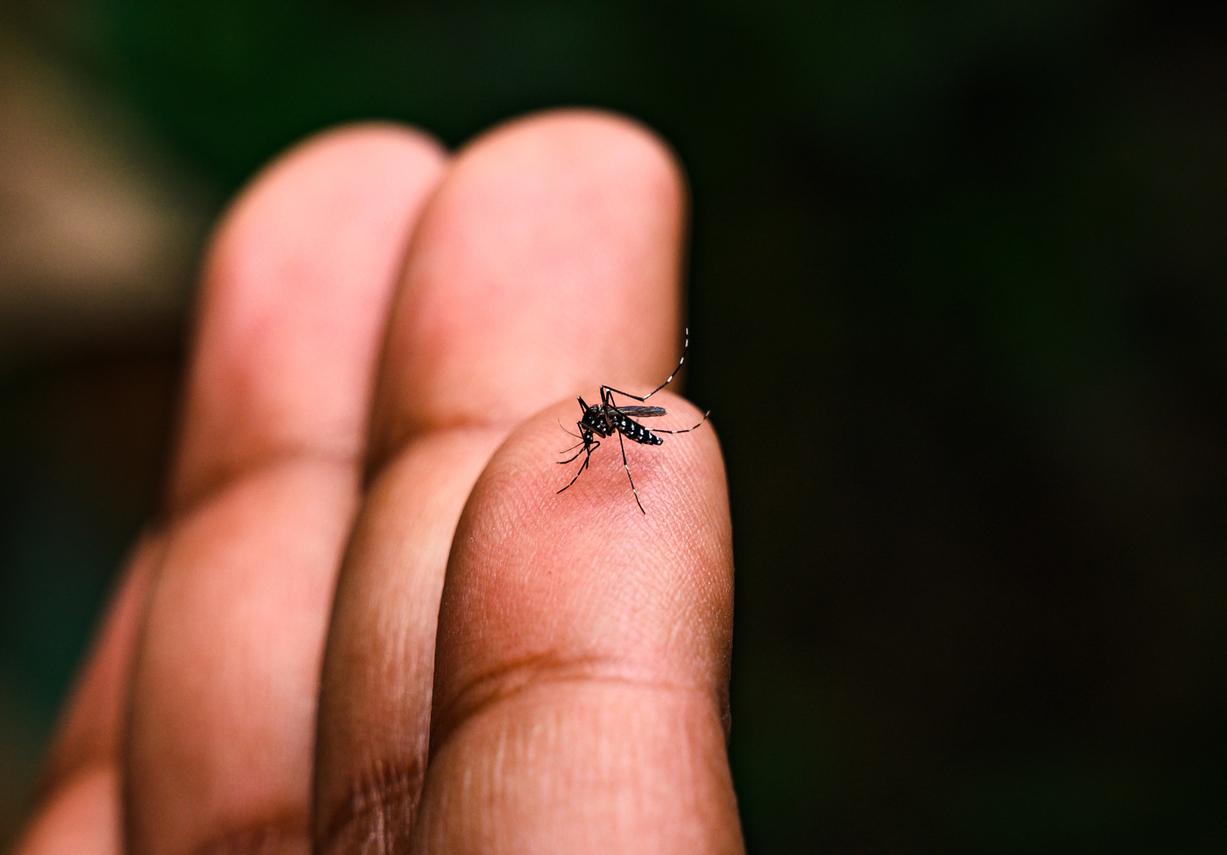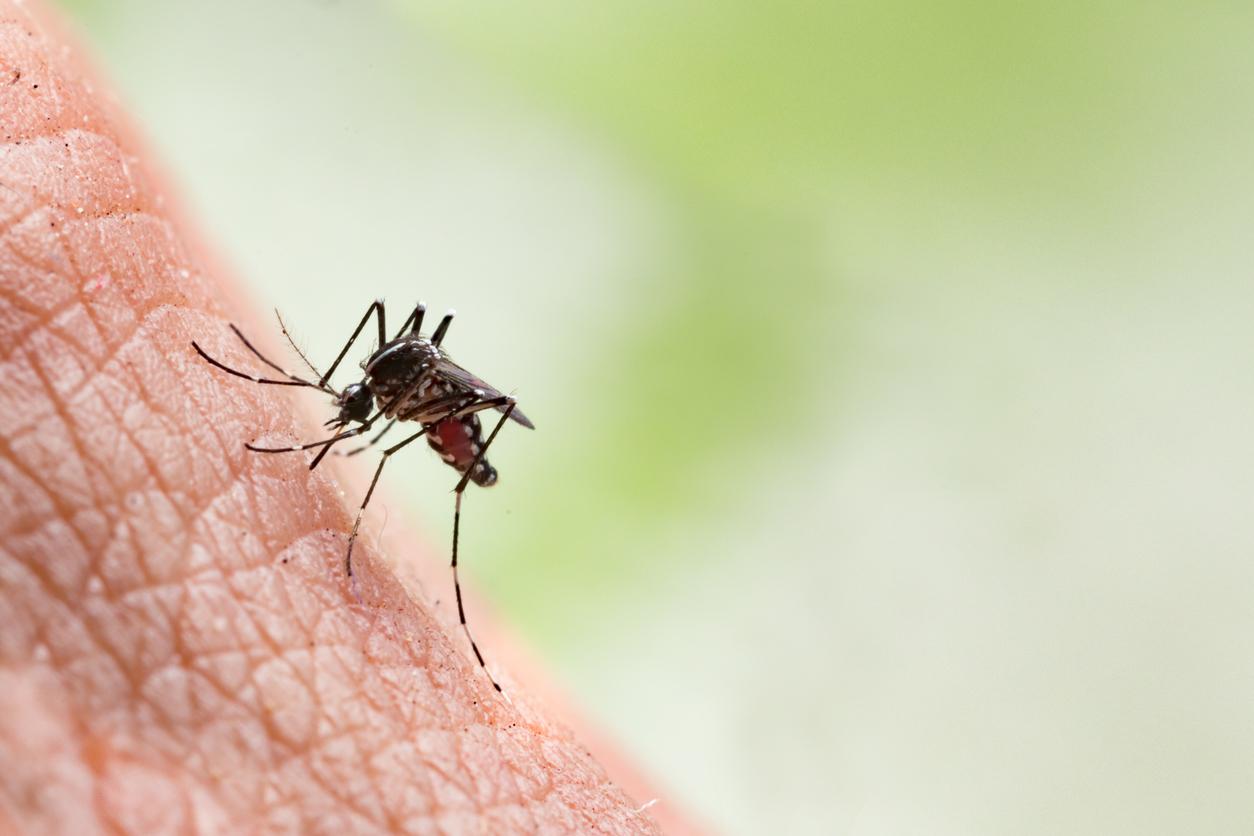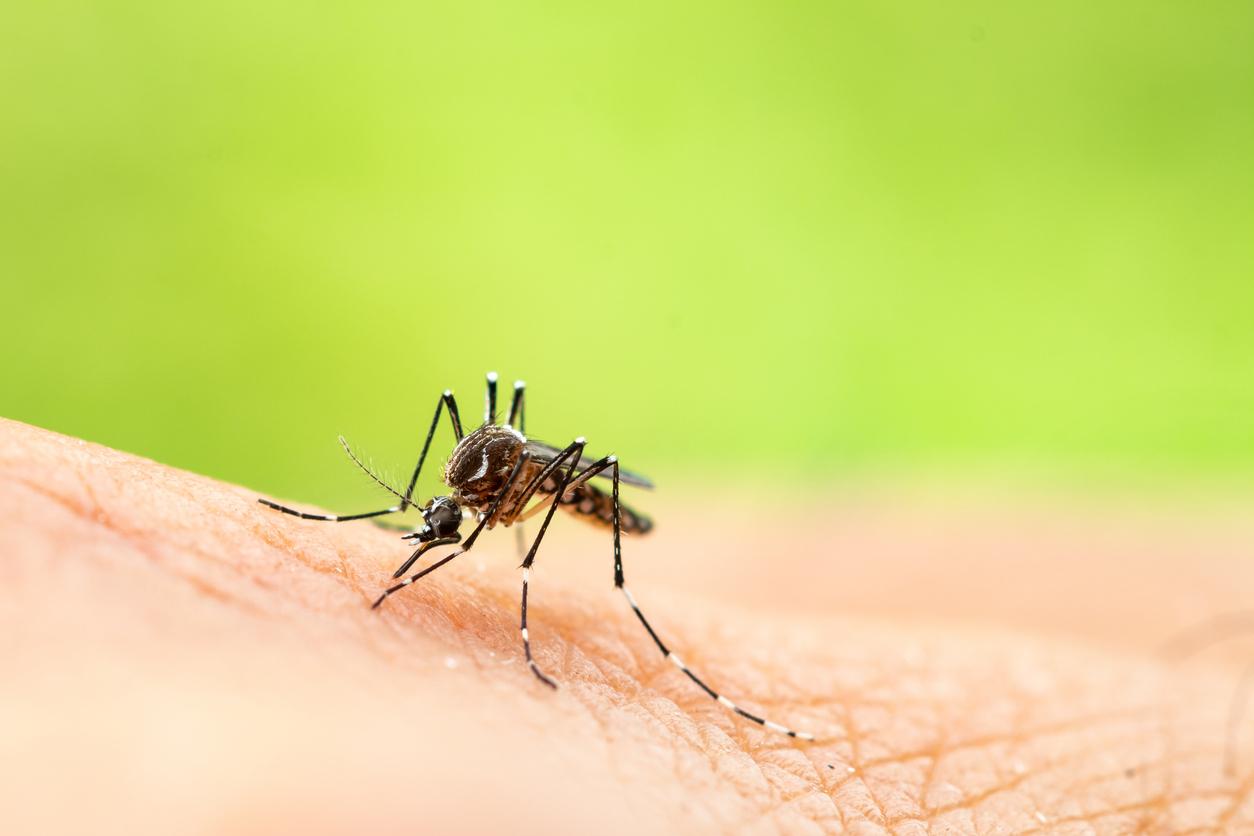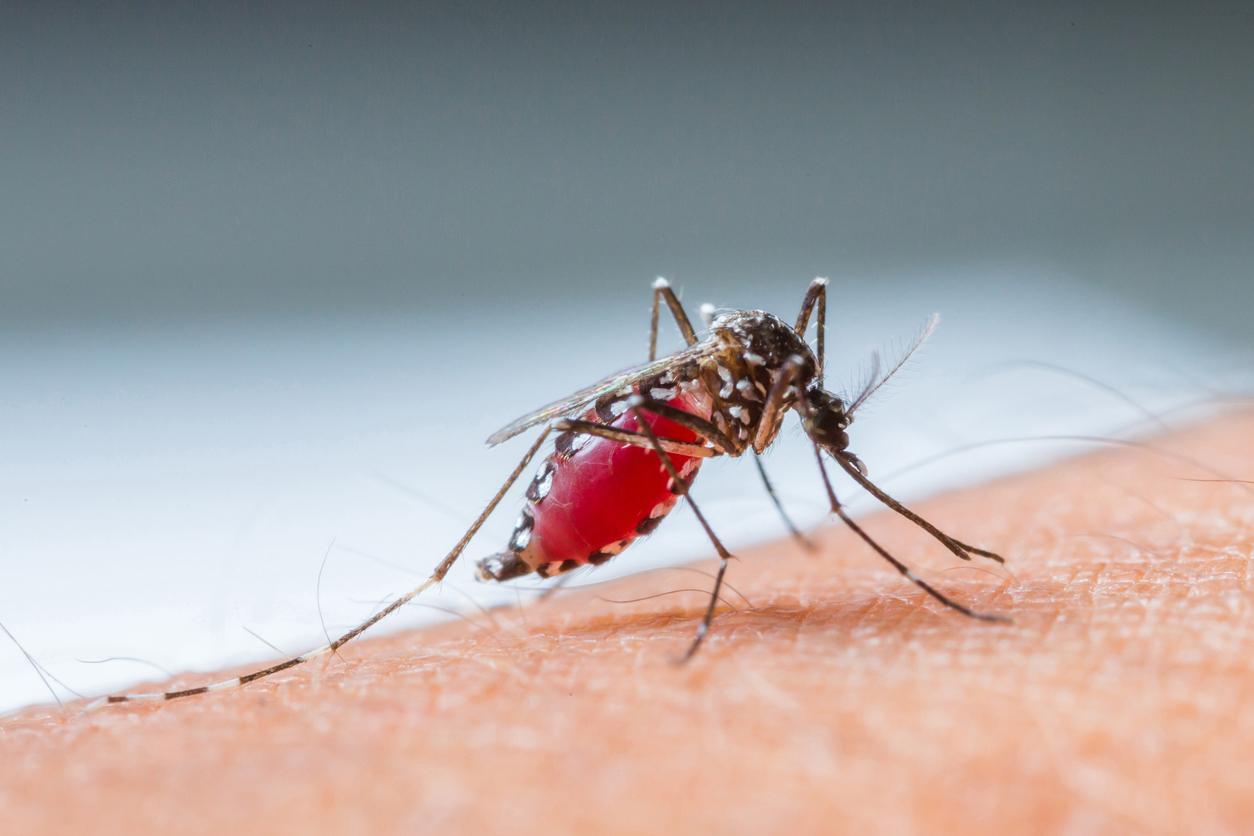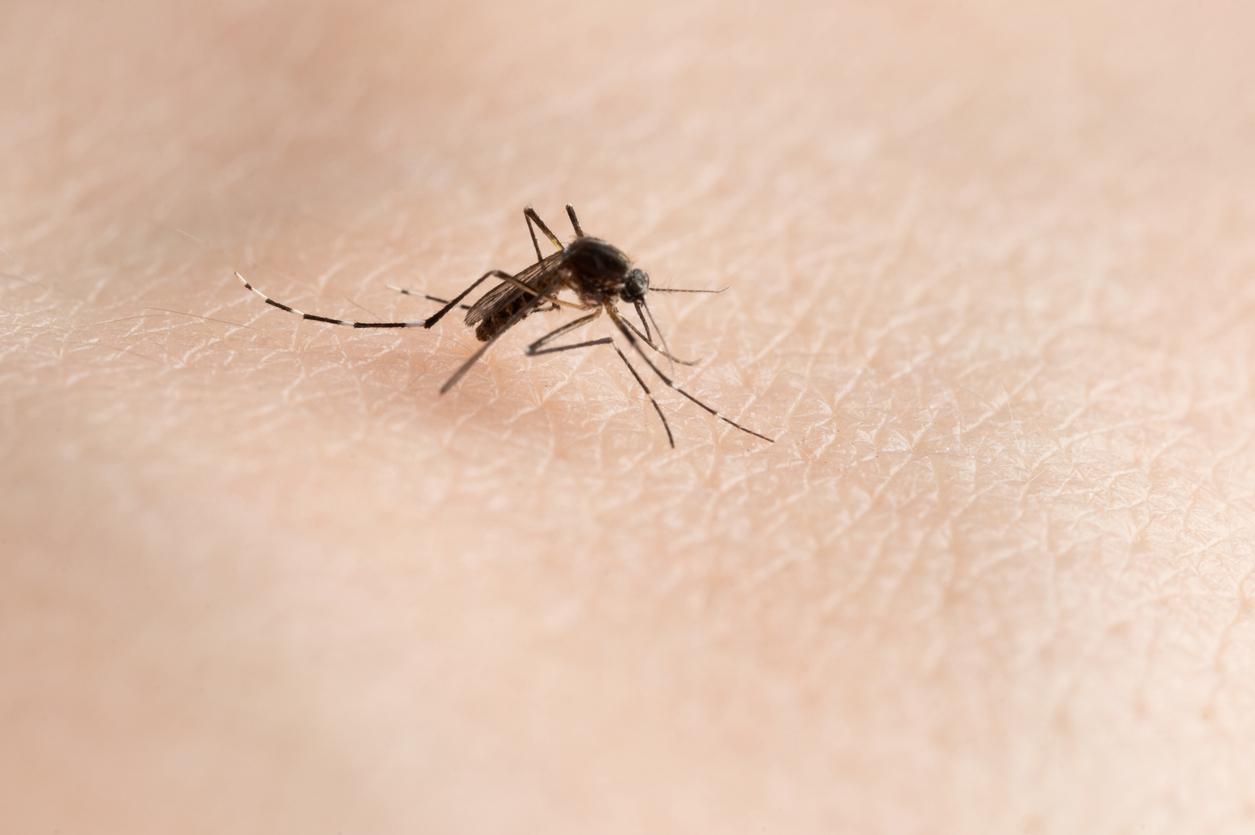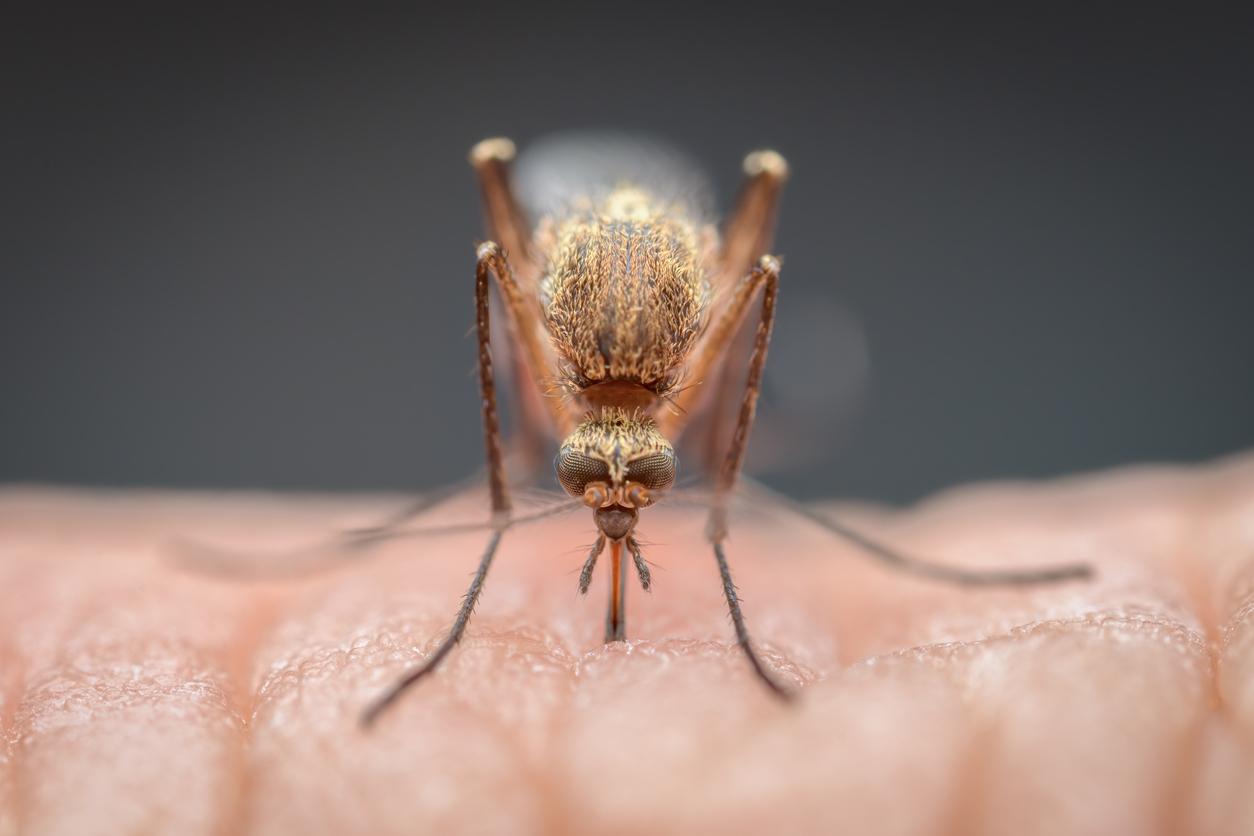This disturbing discovery was made by researchers from the Institut Pasteur, as part of a mosquito monitoring study they carried out in the Grand Est region. Researchers tested and measured the abilities of five mosquito species to transmit West Nile and Usutu viruses. The results, published in the scientific journal Plos, prove that the tiger mosquito is capable of transmitting these viruses. Until now, little information was available regarding the ability of tiger mosquitoes to transmit other viruses.
What are the characteristics of the West Nile and Utsu viruses?
The Usutu virus (USUV) is an emerging virus, very close to the West virus. nile (WNV or West Nile fever virus). Both are arboviruses (viruses transmitted by hematophagous insects, in other words, which feed on blood, such as mosquitoes).
The presence of these two viruses is increasing in Europe and in France. Migratory birds play an important role in their spread. Every year, millions of birds make important migrations and cross the north-east of France. They potentially carry these viruses. By feeding on the blood of birds, then of humans, the tiger mosquito acts as an intermediate vector, thus transmitting the virus from the bird to humans.
What are the symptoms of these viruses?
West Nile virus infection in the majority of cases (80%), is asymptomatic. The symptomatic forms of the disease are characterized by the sudden appearance of a high fever after 3 to 6 days of incubation. This fever is accompanied by headache and back pain, muscle aches, cough, swollen glands in the neck, and often a rash, nausea, abdominal pain, diarrhea, and symptoms respiratory. Neurological complications (meningitis, encephalitis) occur in less than 1% of cases. Even more rarely, other complications (hepatitis, pancreatitis or myocarditis) may appear. Generally, the patient recovers spontaneously, sometimes with sequelae. But the viral infection can be fatal mainly in older adults.
For infection by the Usutu virus, as for the West Niles virus, the majority of cases would be asymptomatic. Syntagmatic forms can present with various symptoms. Typically, infected patients develop meningitis (infection of the meninges) or meningoencephalitis (infection of the meninges and brain). The majority of cases observed in humans concerned people who were immunocompromised or suffering from chronic pathologies.
Call for supervision
Researchers from the Institut Pasteur propose that mosquito surveillance associated with viral detections be implemented in the north-east of France. This would allow early viral detection and rapid intervention to prevent outbreaks of these two neurological diseases. Anna-Bella Failloux, head of the “Arboviruses and Insect Vectors” unit at the Institut Pasteur and coordinator of the study, says that with current knowledge of the geographic distribution of the tiger mosquito, it is possible to establish a map of the risk areas where the two viruses could be transmitted to humans.
The recent history of epidemic outbreaks transmitted from animals to humans calls on the scientific community to be extremely vigilant, especially since knowledge of the pathophysiology of this emerging virus is, for the time being, very sketchy. .
Sources:









